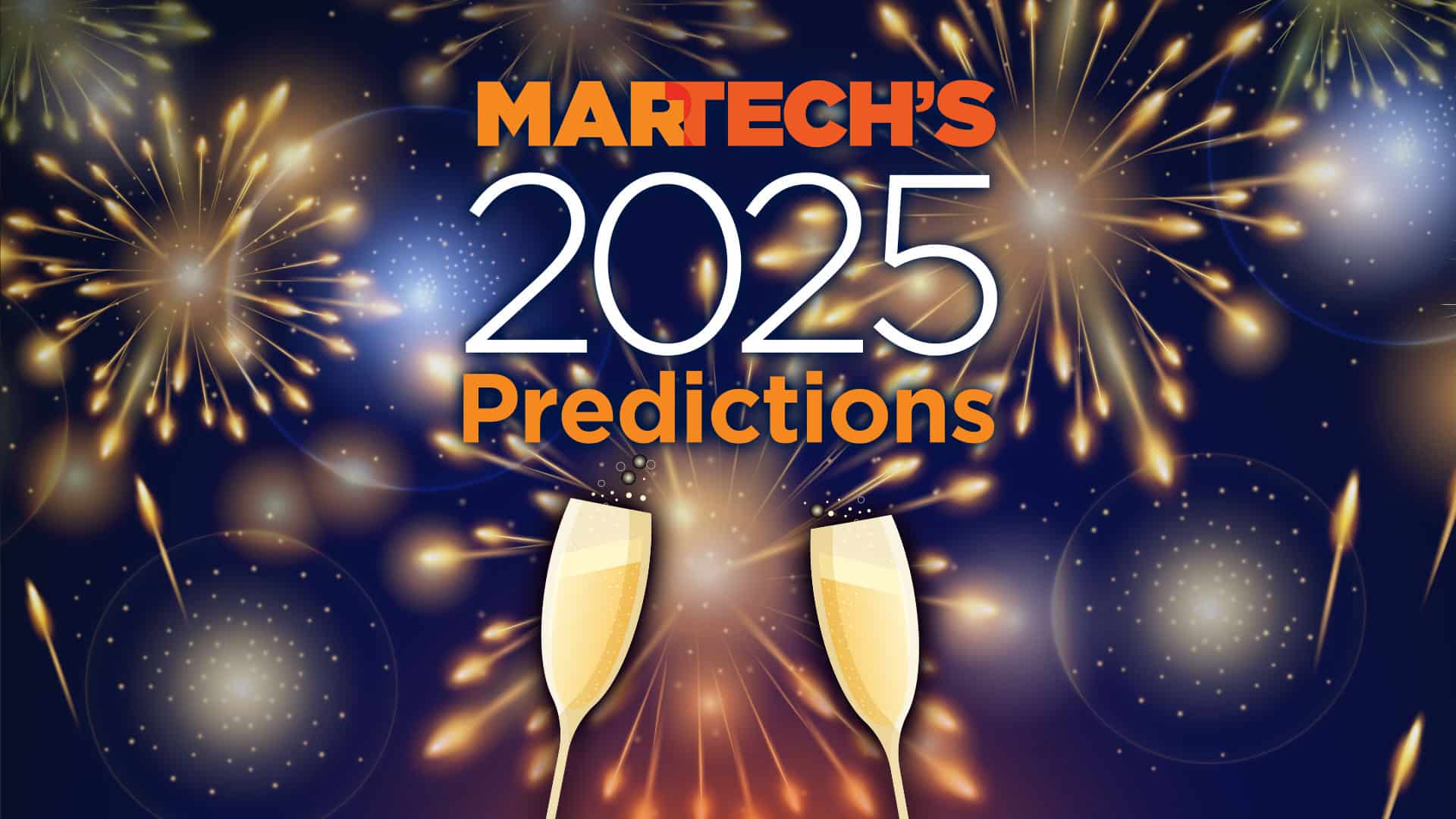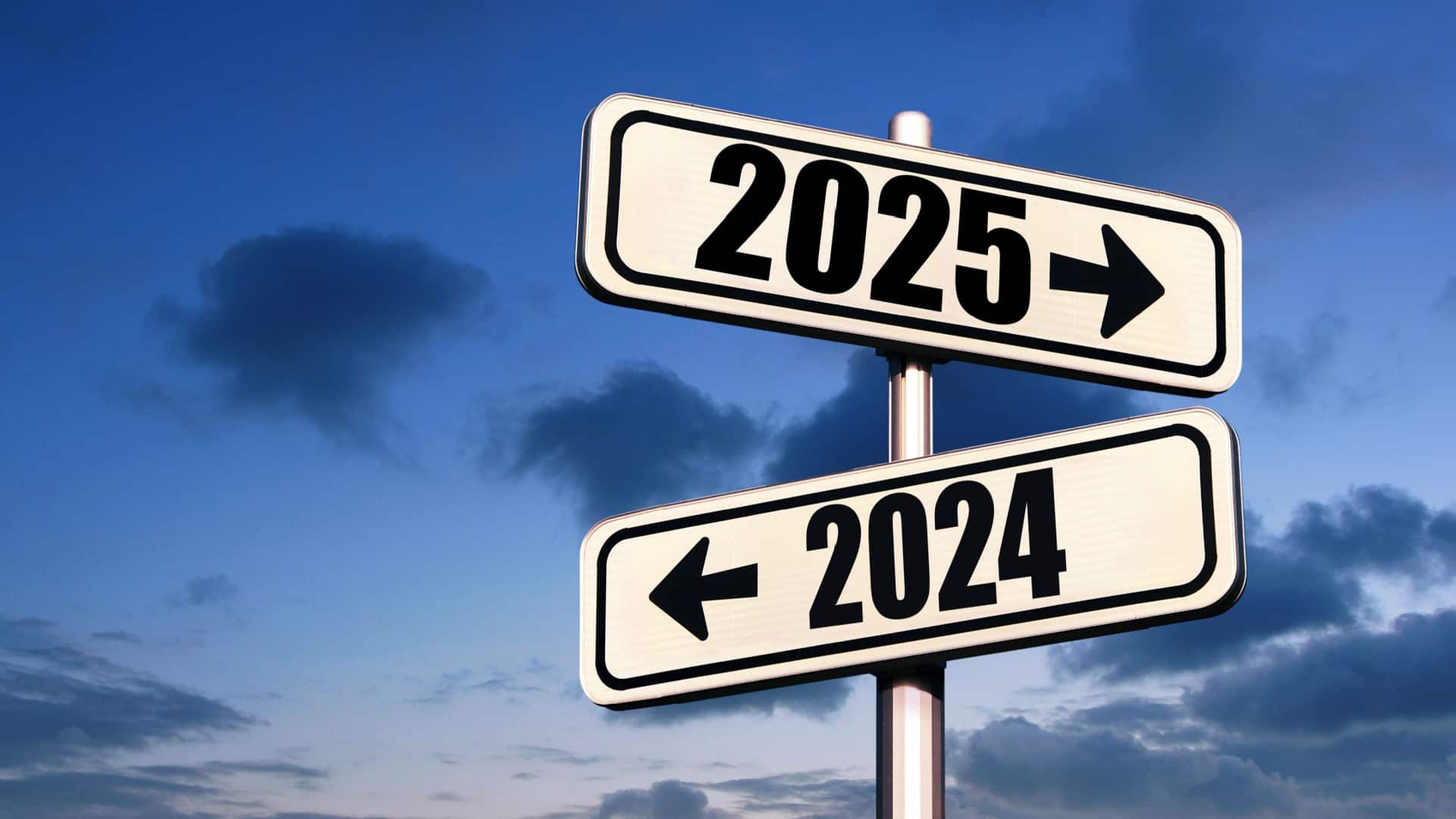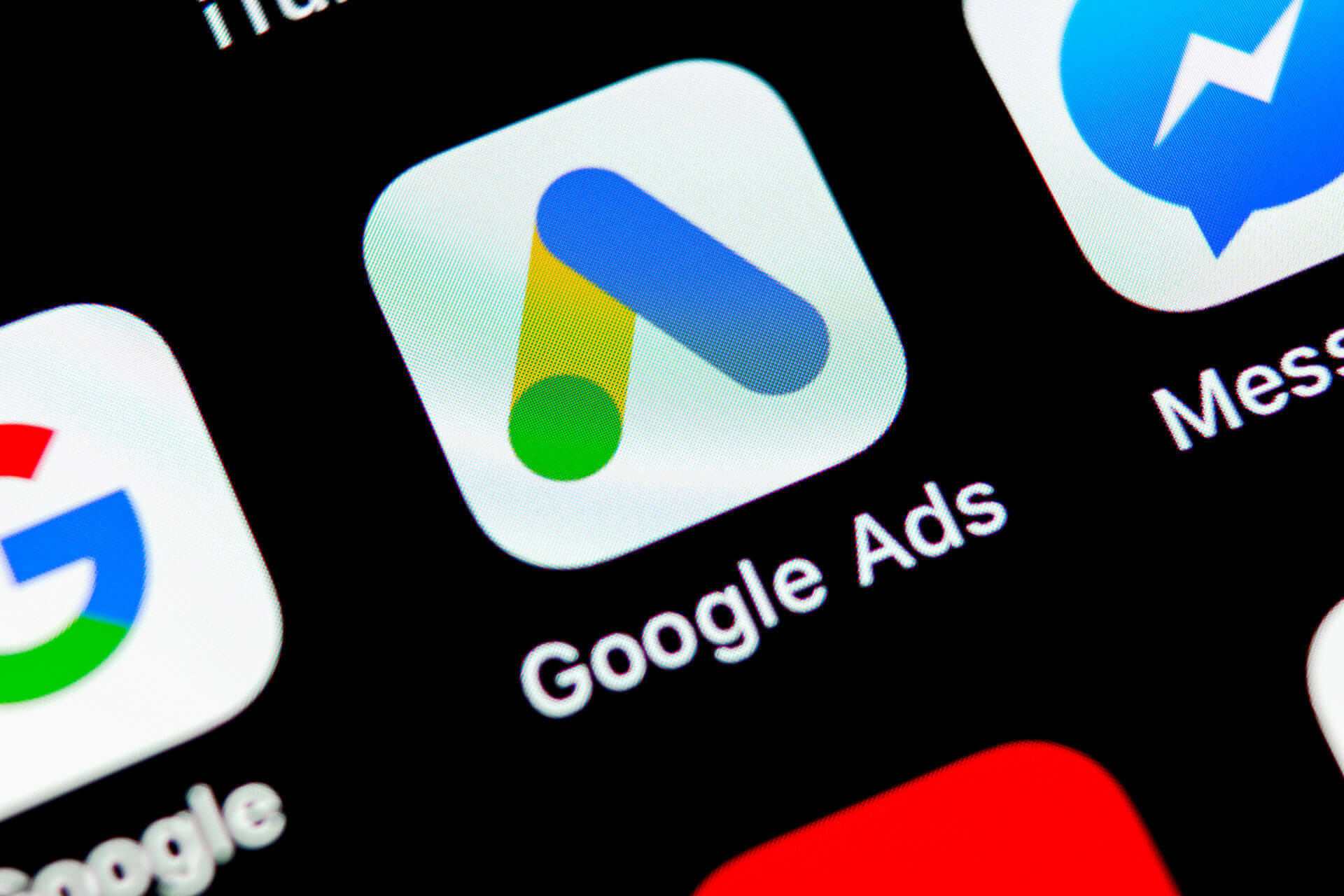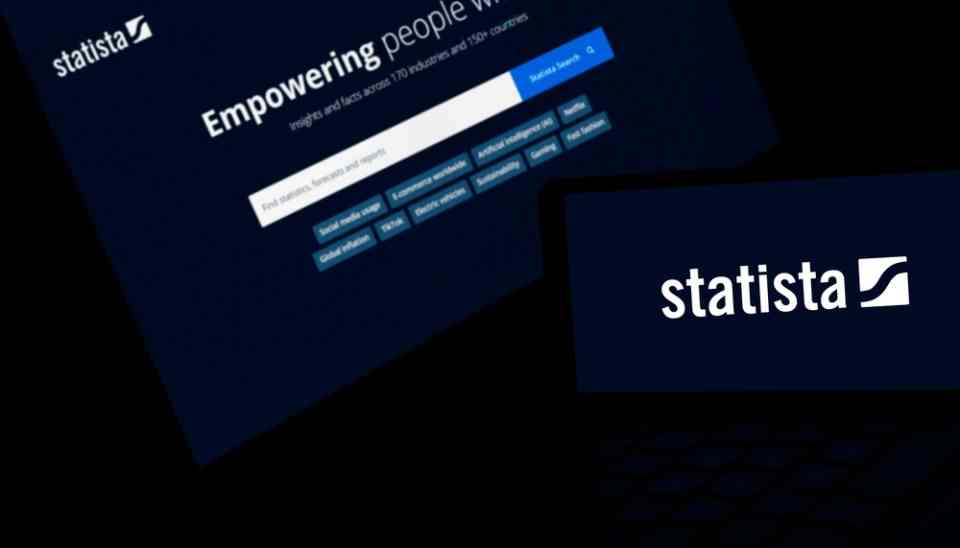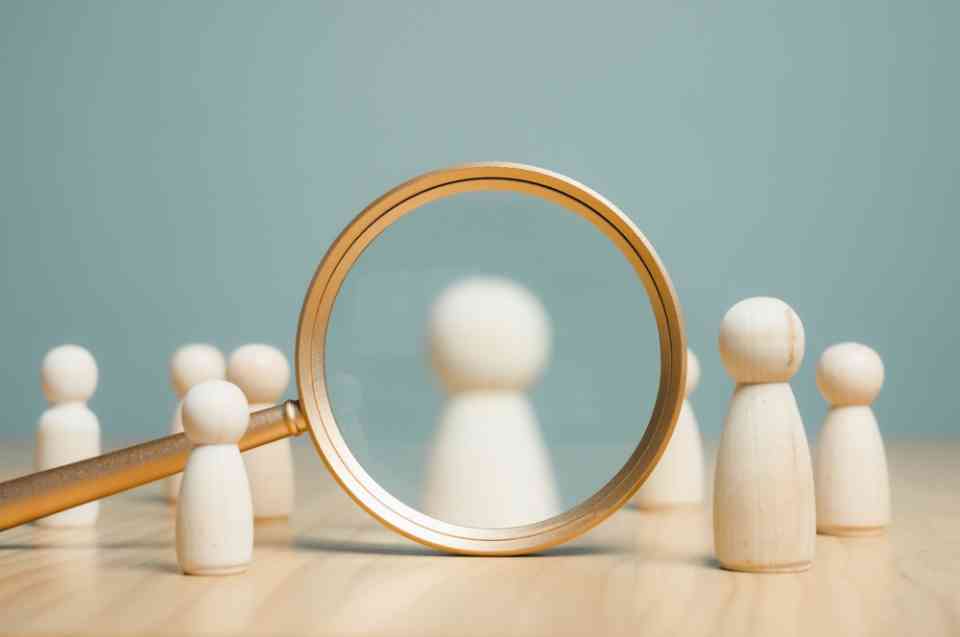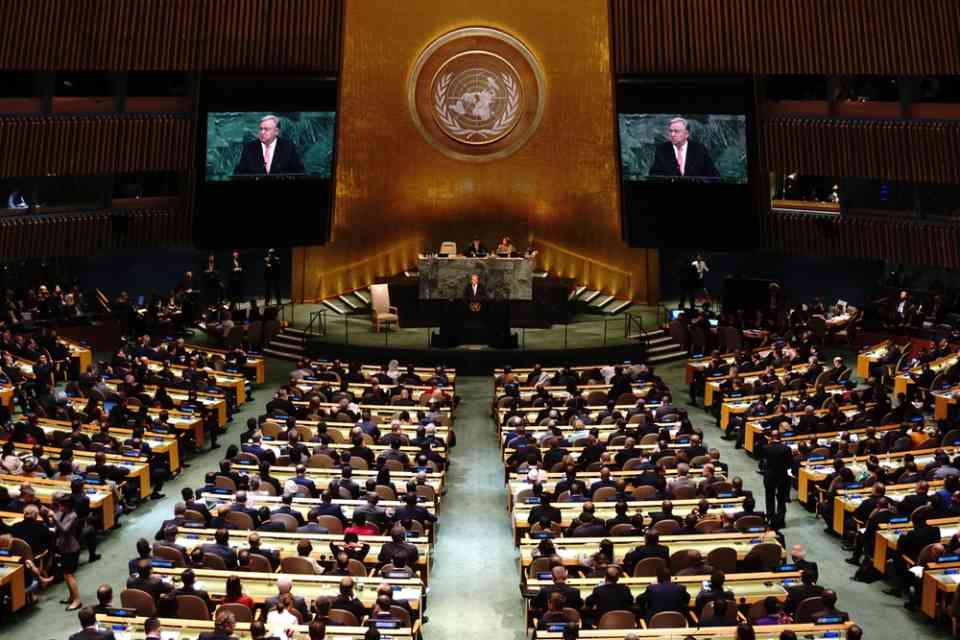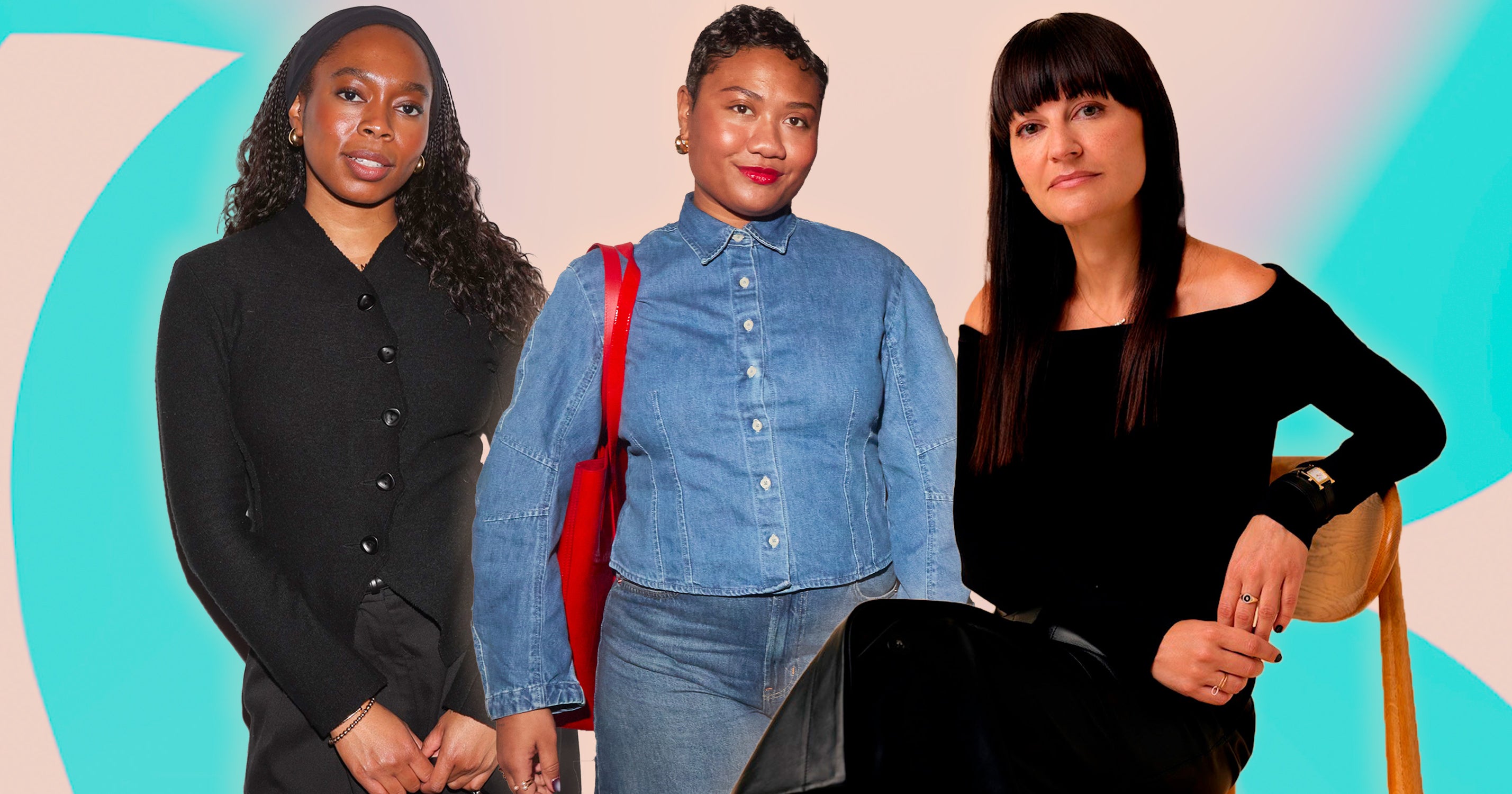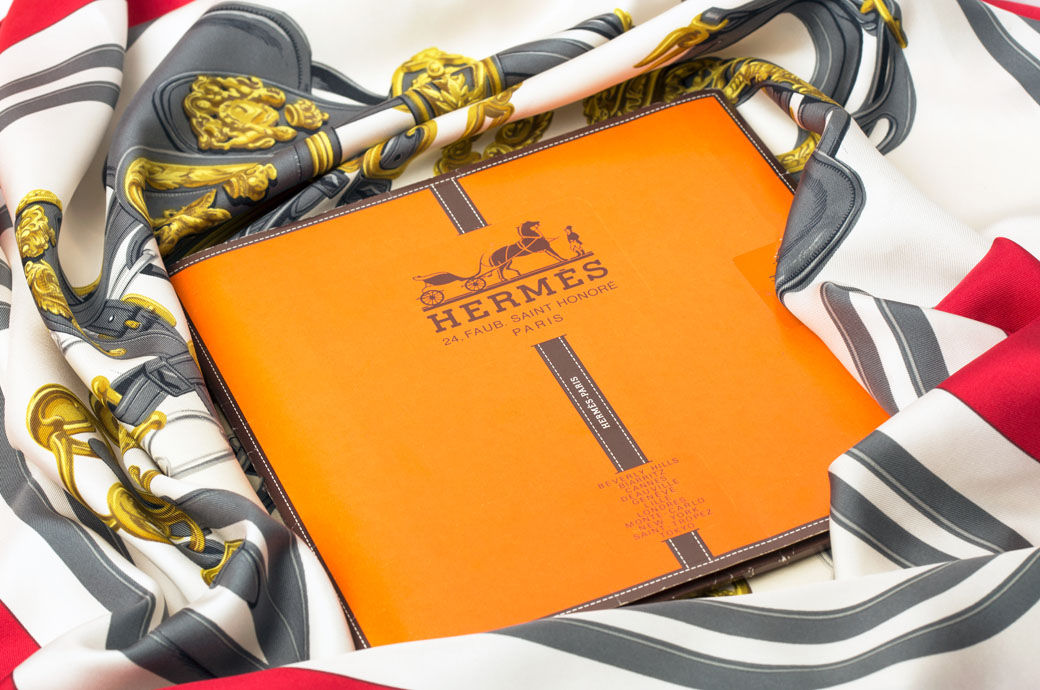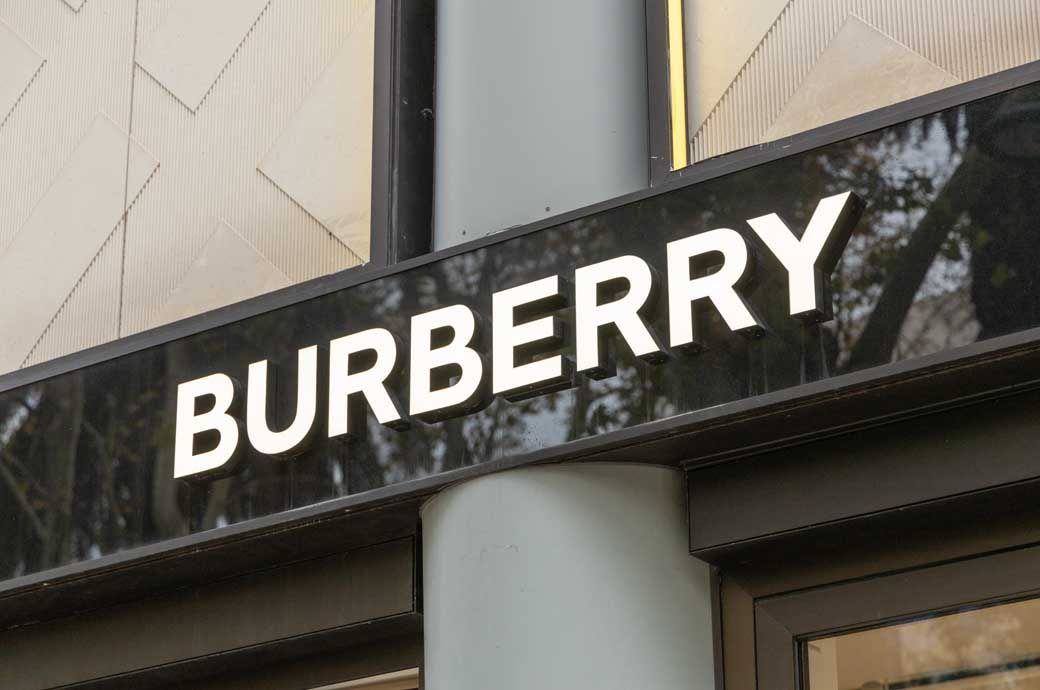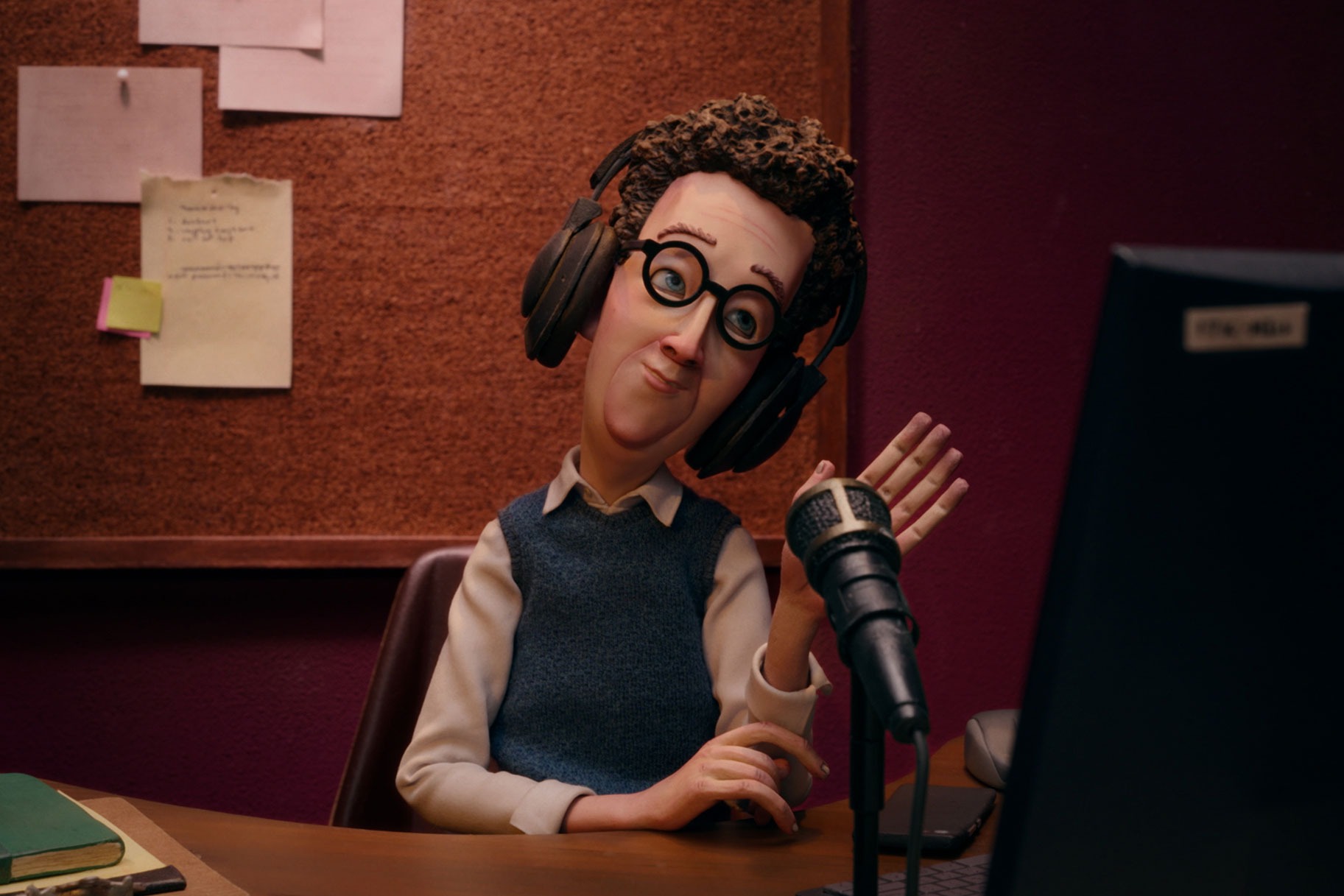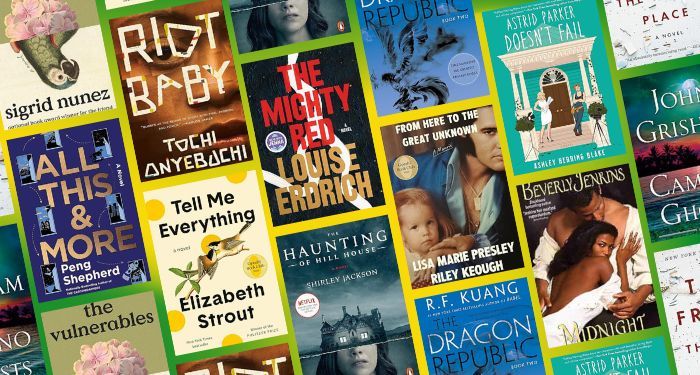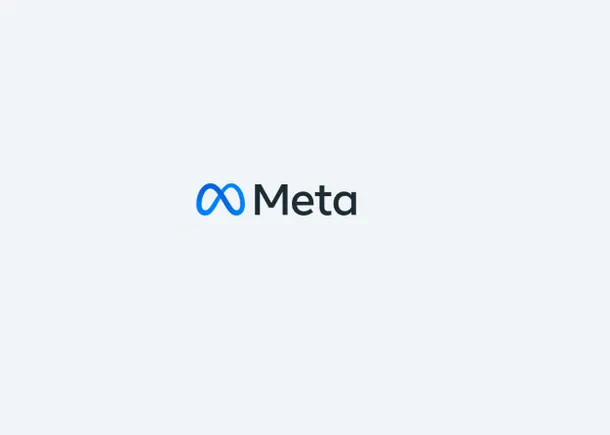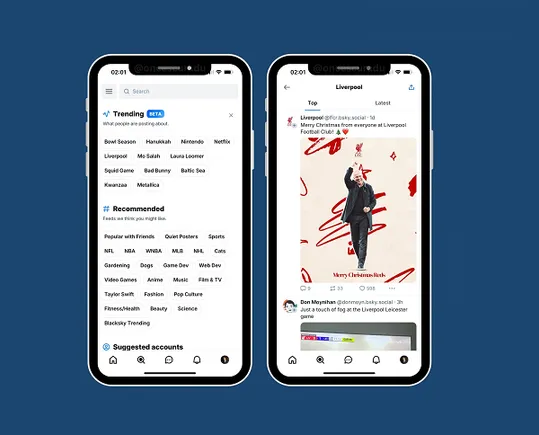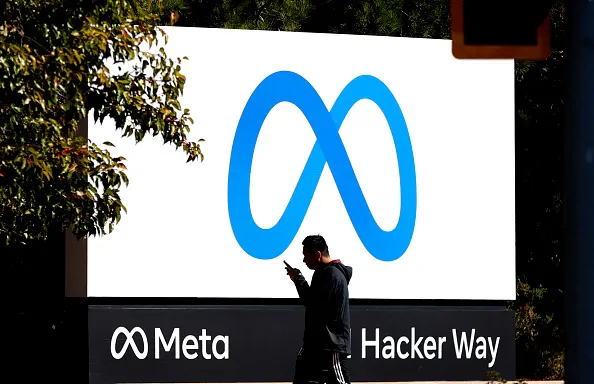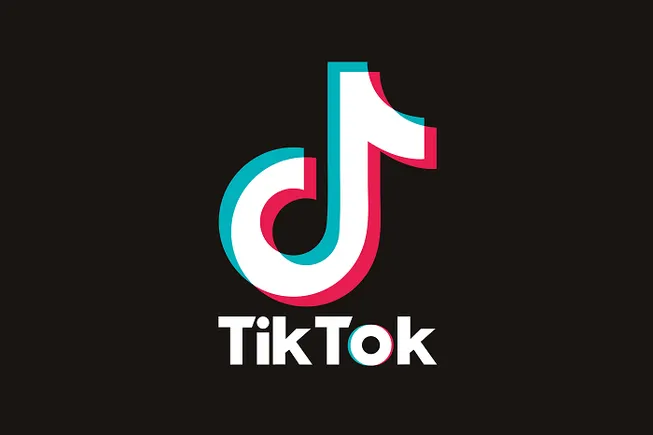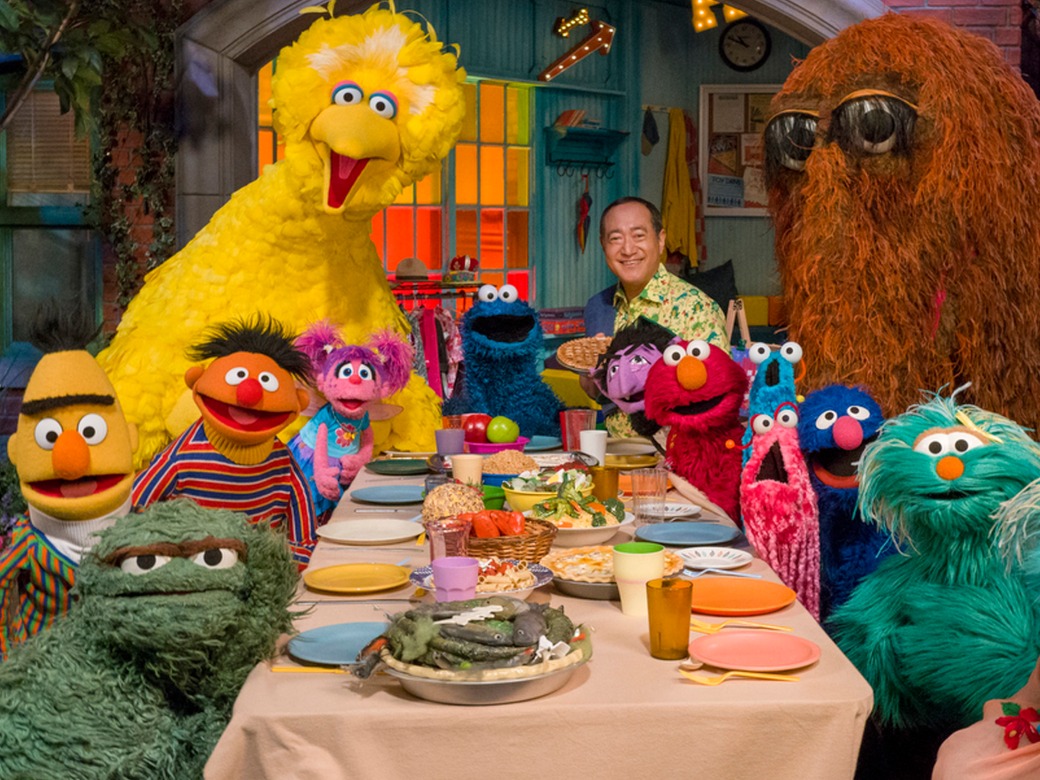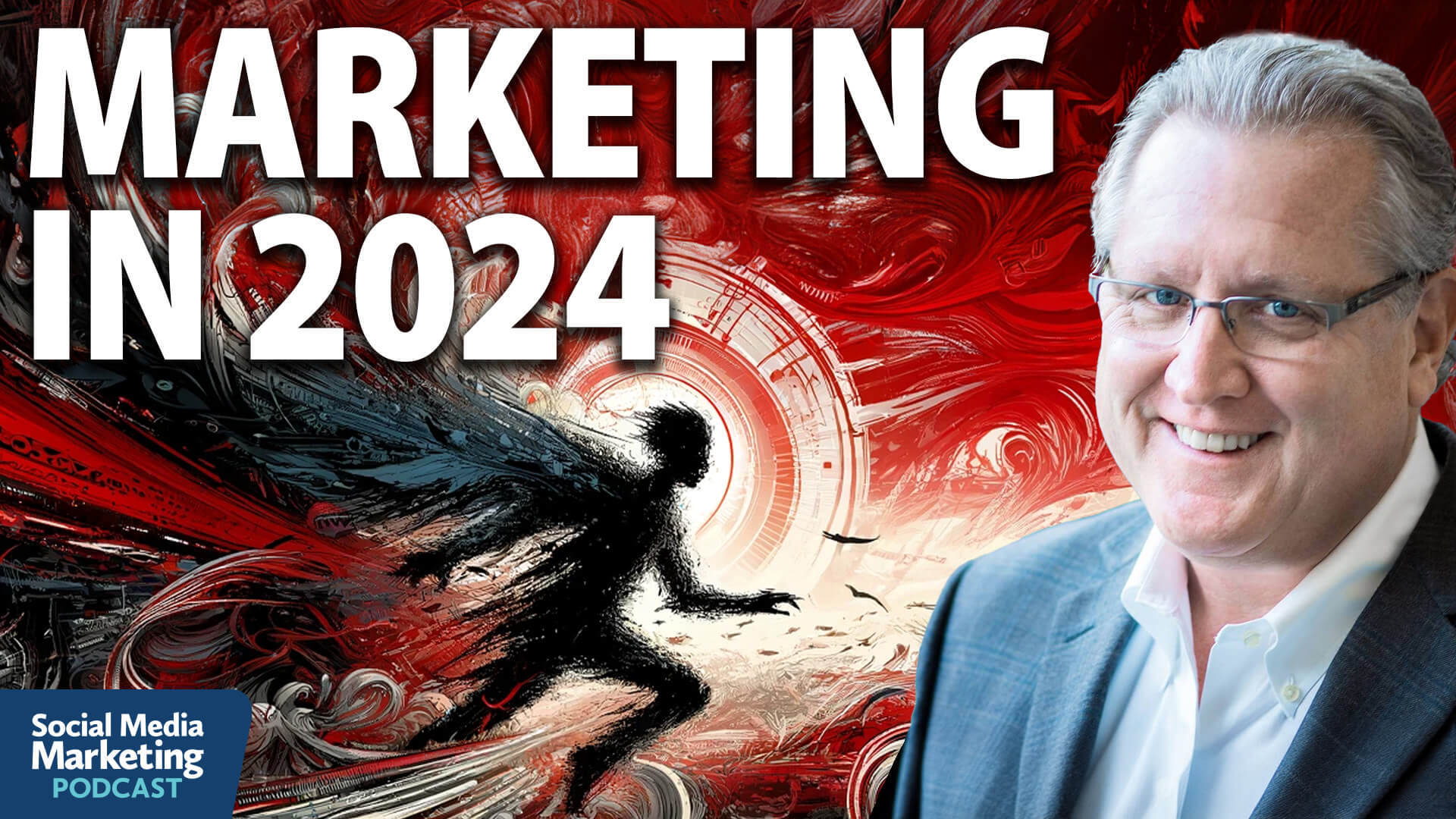You’re not rational — and neither are your customers. In an effort to make efficient decisions, the human brain takes shortcuts. As such, your customers rely on a variety of heuristics and cognitive biases to make decisions efficiently. And they don’t even know it.
The utilitarian theory of economic behavior, postulated by 19th-century philosopher John Stuart Mill, suggested that all economic decisions were rational. It was a rational thought at the time, but it failed to consider how the brain worked in real-world situations.
People, including your customers, tend to make decisions that don’t always make sense, often succumbing to the biases lurking below the surface. As a marketer, you can yield more influence by understanding how your customers’ behaviors are influenced by cognitive biases and psychological processes that lead to better — and sometimes worse — decisions.
In this article, let’s explore three cognitive biases you can use to shape how customers think about your product or service while interacting with your brand.
Cognitive bias 1: The framing effect
In the article, the researchers presented findings from a study in which participants were given a choice about a life and death scenario.
Given the stakes, how did the researchers frame the different treatment options? The first treatment was framed around saving 200 lives whereas the second treatment was framed around a 1/3 probability that 600 people would be saved along with a 2/3 probability that everyone will perish.
Which outcome do you prefer? If you’re like most people, you selected the treatment as the life-saving option, which is likely to result in 200 saved lives. But do you see something unusual about the treatment options? Regardless of which treatment you selected, 200 people are likely to survive and 400 are likely to perish (and only the first treatment, the one you selected, will certainly result in the death of 400 people).
Despite offering “equal expected value” according to the researchers, participants overwhelmingly selected the first treatment (72% to 28%). The impact of the framing effect was starting to come into focus.
Today the framing effect is alive and well. And marketers are making good use of it. In a world with COVID-19 concerns, household cleaning items are using the framing effect. In an industry with a projected global value of $46.9 billion by 2026, the Reckitt Benckiser Group, the maker of Lysol Disinfectant Max Cover Mist, claims that
the disinfectant “kills 99.9% of viruses and bacteria.” Would you be more or less likely to buy the same product if it claimed to allow 1% of viruses to survive?
The good times are not limited to cleaning products. Mission Foods, for example, found success by labeling its large flour tortillas as 95% fat-free. That certainly sounds a lot better than offering a tortilla that’s loaded with 5% fat. How about Haleon, the maker of Sensodyne toothpaste? Using a combination of three cognitive biases (social proof, authority, and the framing effect), Haleon claims that nine of 10 dentists recommend Sensodyne. That’s more appealing than a message claiming that only one of 10 dentists don’t like Sensodyne.
How are you communicating your product or service? Remember, your customers unknowingly evaluate your value proposition based on how you frame it. And you don’t need to highlight statistics or numbers to do so. You can use the framing effect when you craft your message relative to what’s important to your audience — and then you can watch it take hold.
Read next: Using psychology and better data practices to get customers closer to purchase
Cognitive bias 2: The decoy effect
The decoy is all around you — and you probably don’t even know it. What’s even more interesting is that it can guide your customer’s decision at the time of purchase. Known as asymmetrical domination, the decoy effect pertains to an intentionally placed offering intended to increase the probability of selecting an alternative option.
The Economist, a British economic and world news publication used the decoy effect to drive sales to its preferred subscription tier. Consider the following offers:
- Digital-Only Subscription: $59
- Digital and Print Subscription: $125
To nudge buyers towards the higher price point, the marketers at the Economist added another option:
- Print-Only Subscription: $125
Yes, the new option was priced the same as the digital and print version, but it didn’t include access to digital content. As you might imagine, the print-only option was never intended to solicit any real consideration. Instead, it was a decoy.
Dan Ariely, a former professor of psychology and behavioral economics at MIT, learned about the pricing strategy at the Economist and wanted to learn how the decoy effect influenced behavior among his students. Using the same pricing tiers as the Economist, Ariely surveyed his students to select one of the subscription options. What happened? A whopping 84% selected the most expensive option for the $125 bundle, whereas only 16% selected the digital-only offering at $59.
But did the decoy really play a big role in nudging students towards the $125 bundle? To find out, Ariely surveyed a second group of students. After eliminating the decoy, the percentage of students who selected the $125 bundle dropped from 84% to 32%. As such, Ariely discovered that participants became significantly more likely to choose the higher-priced option in the presence of a decoy.
How can you create a decoy in your line of business? As you think about leveraging the decoy effect, you must keep in mind that you want the price of the decoy to be close enough to the preferred item while offering dramatically inferior features. In other words, you want the decoy to be significantly less feature-rich than the preferred option but only slightly more feature-rich than the least expensive option.
Imagine that you work for a streaming service that’s considering a new pricing strategy for access to its content library. The audience to whom the service appeals enjoy consuming exclusive movies, documentaries and podcasts on the platform. And according to new survey data, customers are willing to pay around $10 per month for access to your content. But your business strategy requires you to nudge a percentage of your customers into a higher price tier.
How could you use the decoy effect to increase the price your customers are willing to pay for a monthly membership? You can start by creating an introductory tier that aligns with the survey data and offer access to a limited library of movies at $9.99. Next, you want to focus on the desired price point, which is, say $14.99. At this price, your customers can access all movies, documentaries and podcasts.
Knowing that most customers like to consume each type of content equally, you can create a decoy that offers access to all movies for $13.99. After all, this is the decoy. As you can see, the decoy offers an expanded version of the first offer but doesn’t provide access to the various types of content your audience wants. As a result, your customers start to perceive the $14.99 option as a value choice — even though it represents the highest price point.
The goal is to use the decoy effect to nudge your customers towards a specific choice. Once the decoy is in place, your customers begin comparing the company-preferred option (the bundled option in the Economist example and the $14.99 option in the above scenario) against the decoy. And if you create a large enough gap in value while maintaining a small enough gap in price, you might find yourself with more high-paying customers.
Get MarTech! Daily. Free. In your inbox.
Cognitive bias 3: Frequency bias
Frequency bias is something that can alter perception over time. When a person encounters something new, whether a new word, a slogan, an idea or a product, frequency bias posits that the person perceives the new thing to appear more frequently. It might seem like the new item is everywhere. Have you ever been introduced to a new product and noticed more of the same advertisements at every turn?
According to Anina Rich, a Professor in the School of Psychological Sciences at Macquarie University in Sydney, Australia, frequency bias is related to working memory-driven attentional capture — a process by which specific environmental stimuli attract your attention because it’s now occupying a space in your mind. Interestingly, the new word, phrase, idea, or product that’s occupying your mind is likely occupying it below the level of consciousness. As Rich puts it, “what you are thinking about unconsciously guides you to relevant information in the environment.”2
Frequency bias is particularly relevant in marketing within the context of a larger campaign. Do you have one marketing channel through which you can more easily capture your customer’s attention — and then carefully place your message in other areas that can draw upon this subconscious phenomenon?
By understanding that people perceive repetitive information with greater frequency after initial exposure, you can be more diligent in how you build your multichannel marketing strategy. Specifically, you can develop a strategy in which you emphasize capturing attention across a highly engaged channel, thus setting the stage for your message appearing everywhere during the course of your campaign.
Read next: How anthropology can drive insights from your customer data
Conclusion
Cognitive biases constantly pull the decision-making strings inside your customers’ heads. Do you see yourself as a marketing puppeteer? As you attempt to build a rational marketing strategy, you might want to remember that your customers don’t always make rational decisions. And that understanding must inform part of your marketing strategy.
1Amos Tversky, Daniel Kahneman, “The Framing of Decisions and the Psychology of Choice,” https://www.science.org/doi/10.1126/science.7455683
2Anina Rich, “What Is the Baader Meinhof Phenomenon?,“ https://lighthouse.mq.edu.au/article/july-2020/What-is-the-Baader-Meinhof-Phenomenon
Opinions expressed in this article are those of the guest author and not necessarily MarTech. Staff authors are listed here.













